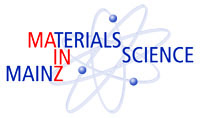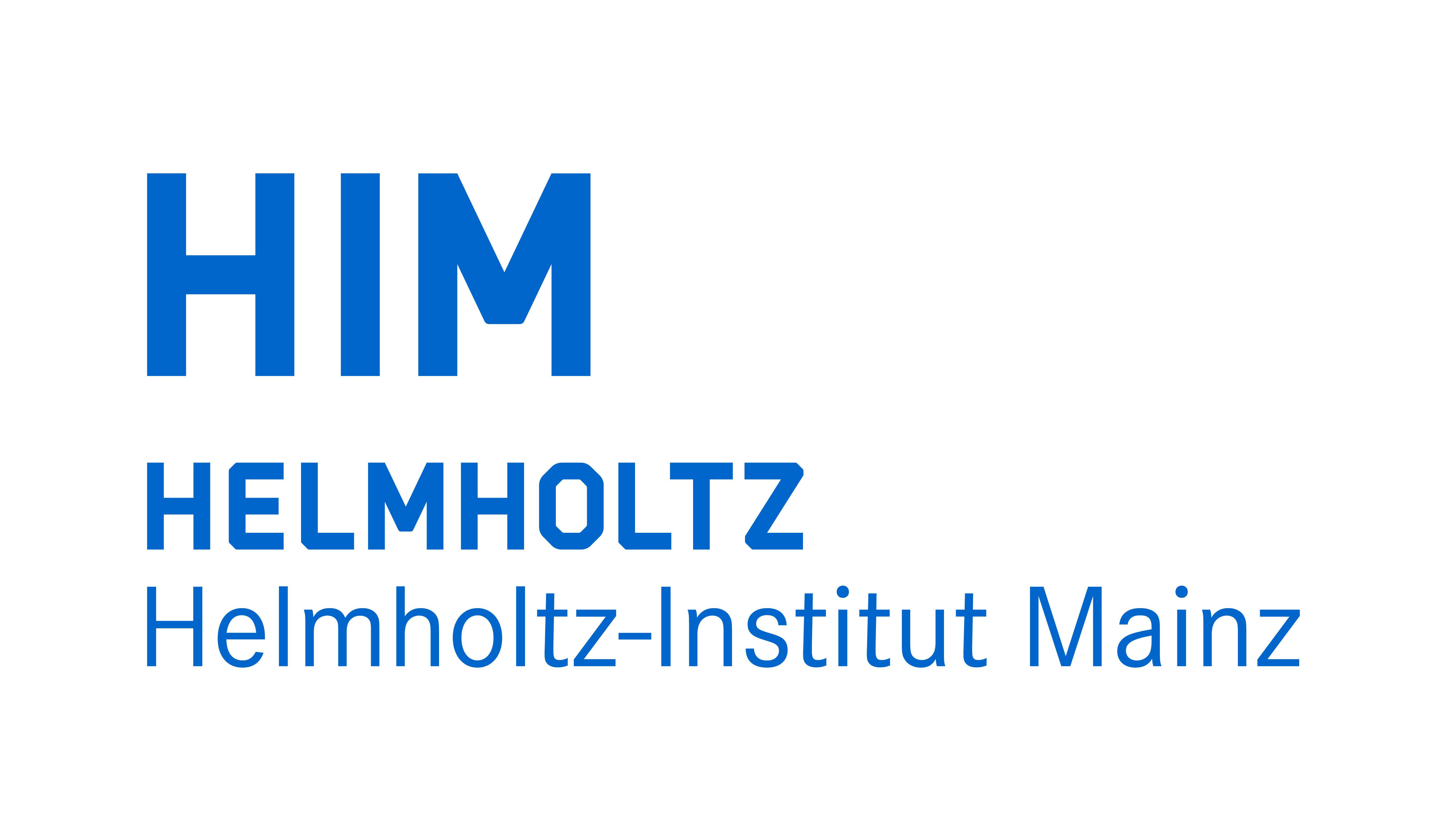


Physikalisches Kolloquium
Nov. 14, 2023 at
4:15 p.m. c.t.
in
HS KPH
Prof. Dr. Friederike Schmid
Institut für Physik
friederike.schmid@uni-mainz.de
Prof. Dr. Hartmut Wittig
Institut für Kernphysik
hartmut.wittig@uni-mainz.de
Magnetic Data Storage Technology
Prof. Yoichiro Tanaka (Tohoku University, Japan)
The digital world is producing nearly a hundred Zetta bytes of data per year and creating values for the quality of society. A huge amount of data is being stored, processed, transmitted, and then shared via large scale networked datacenters which consist of millions of data storage systems filled with perpendicular magnetic recording (PMR) hard disk drives. The PMR technology was invented by Shunichi Iwasaki in 1975 and the first commercial product was launched in 2005. Since then, the data storage has become the ever-growing foundation of the digital world and led the data-driven innovations such as bigdata AI analytics, internet of things, medical science, and even a blackhole visualization in astronomy.
This lecture will provide the essential magnetics to create innovative data storage technology of PMR and the origin of the high-density recording performance which has led current recording density growth. The storage performance stands on the stacked system foundation and the building blocks are, from the base, physics of magnetics, 3D material controls of sub-nanometer in size, magnetic and electronic device design, storage device integration, and storage system architectures together with non-volatile memories to unleash the intrinsic performance. The development of new storage devices and the system requires a multi-scale approach and a right guiding principle to establish expected functions. As an extension of PMR research, the lecture will also show the prospect of future storage technology and the system architecture from the multi-scale view of the storage system development. A new computational storage system aiming at unifying computation power on data store and brain-inspired system considerations as well as the academism-industry relations to realize those systems will also be introduced.
Attachment